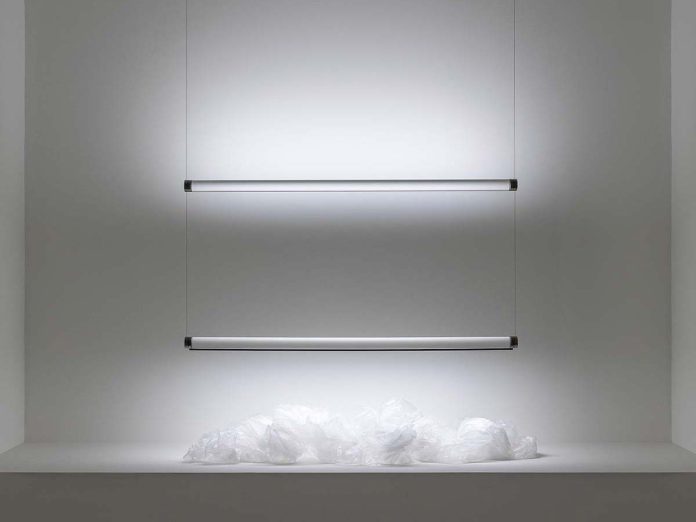A qualitative analysis we recently carried out reveals a vision of the lighting sector that is undergoing profound change. A change that has been underway for some time, both in terms of design and production, distribution and market relations, B2B and B2C, as well as marketing and communication within the sector itself.
We discussed with privileged observers – businessmen, but also designers and architects – focusing on the specific criticalities of the lighting sector; sector speeds that, compared to the upholstered furniture sector for example, make the lighting sector perhaps the most complex sector of the entire design furniture industry, constantly subject to different innovative impulses of a different nature.
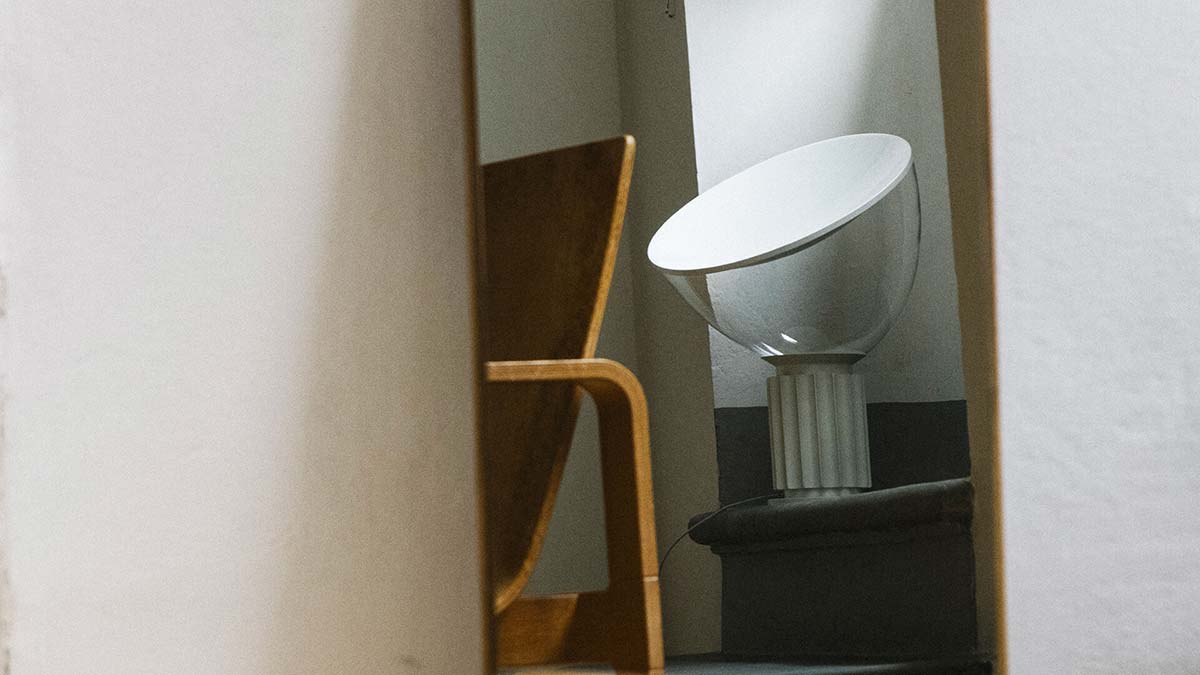
One of the senior people we interviewed used an image to describe his role: It is as if we were on a mountaintop: on one side we have the valley of development, research, design. The other valley, which we are privileged to observe, represents the movement towards the end customer: distribution strategies, marketing, etc. For each of these valleys, a different path has to be built, both downstream and upstream. Each path involves choices, the construction of perspectives. And each of these valleys has undergone major revolutions in recent years.
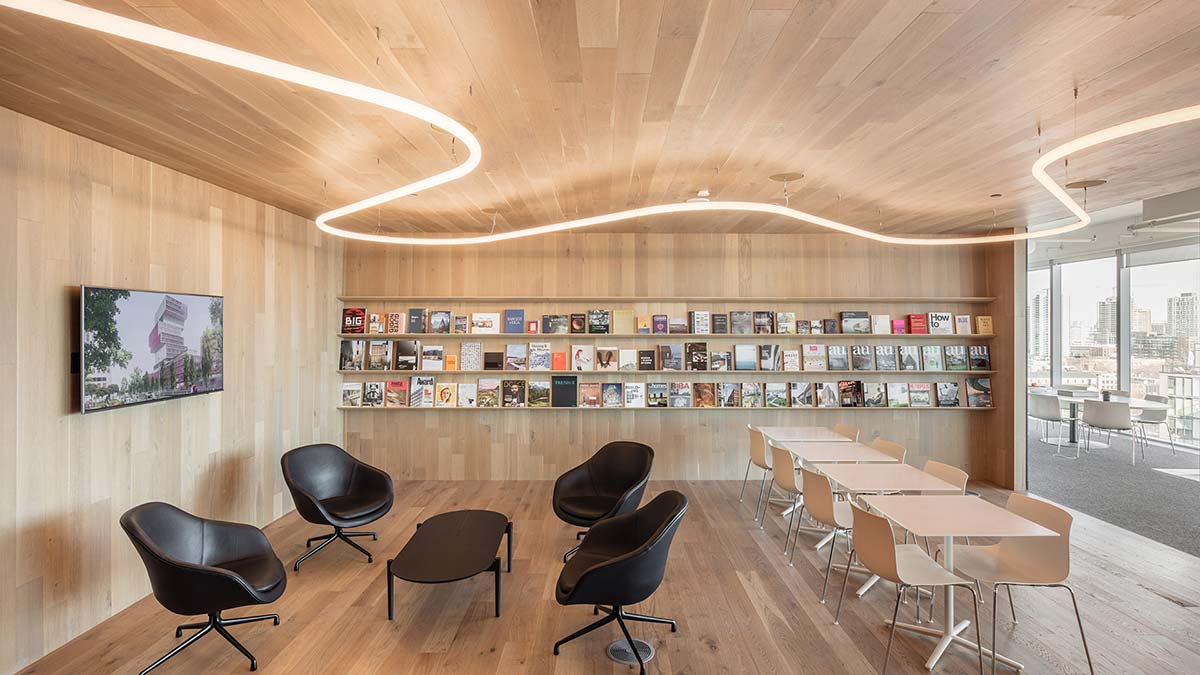
Two examples: on the product side, the rise of LED technology. On the market side, online sales, which have revolutionised the distribution chain (accounting for 50% of sales for some companies). On the product development side, in the upholstery sector, for example, there has not been such a radical technological change. And it is already becoming clear that the Internet of Things will invest more in products such as lighting, which have a high technological content, than in a sofa or a table. This means a much higher demand for research and development. The symbiosis of design and technology has not only shaped the aesthetics of lamps, it has also revolutionised design methods, the processes themselves have undergone radical changes.

Traditionally, lighting has been divided into two main categories: decorative and technical. Decorative lighting aimed to enhance the aesthetics of an object, while technical lighting aimed to maximise the lighting effect, often concealing the light source itself. This balance has been challenged by the need to reduce energy consumption, leading to a significant change in both the aesthetics and functionality of lamps. The LED revolution has opened up new horizons, forcing the lighting industry to innovate and rethink.
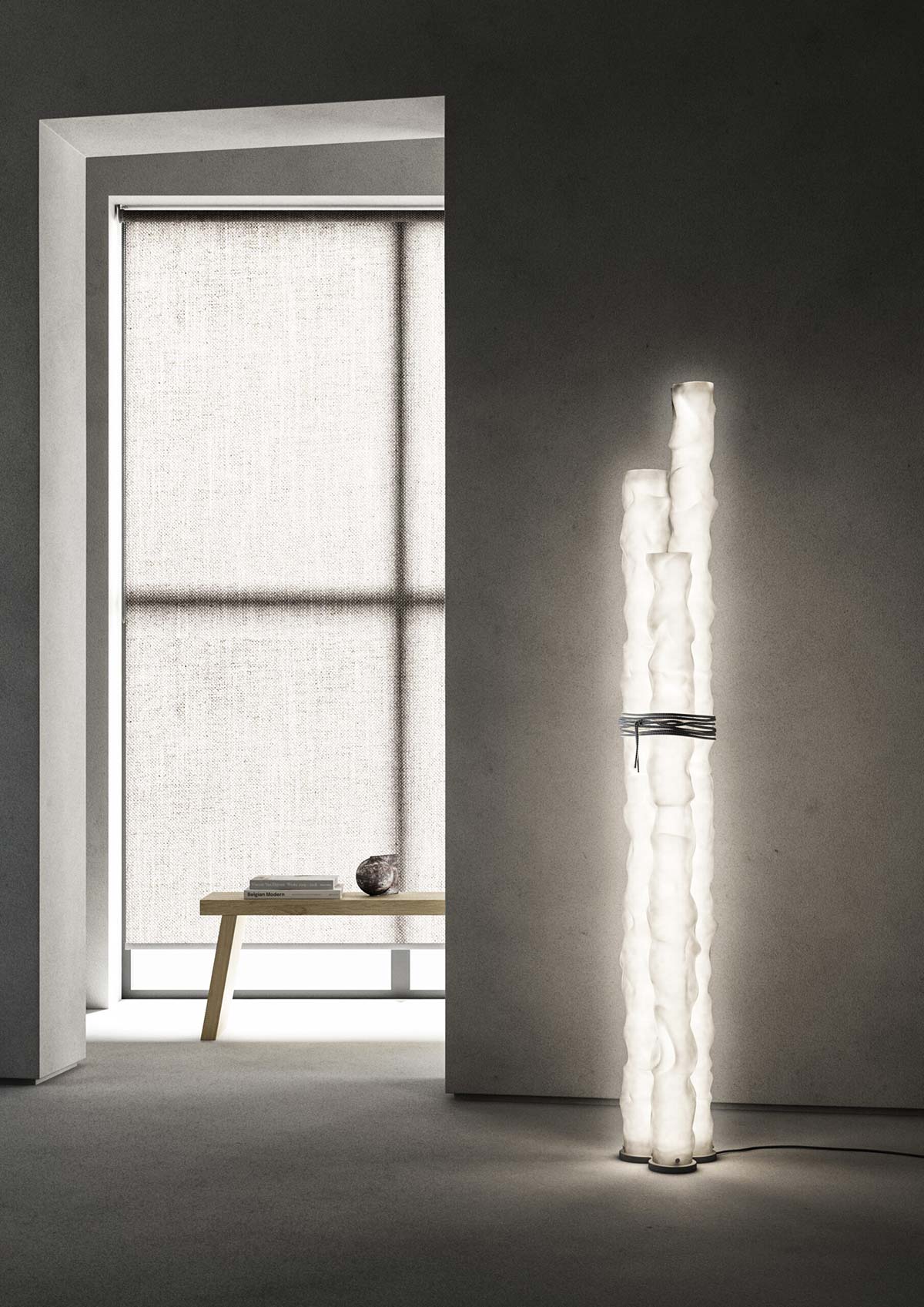
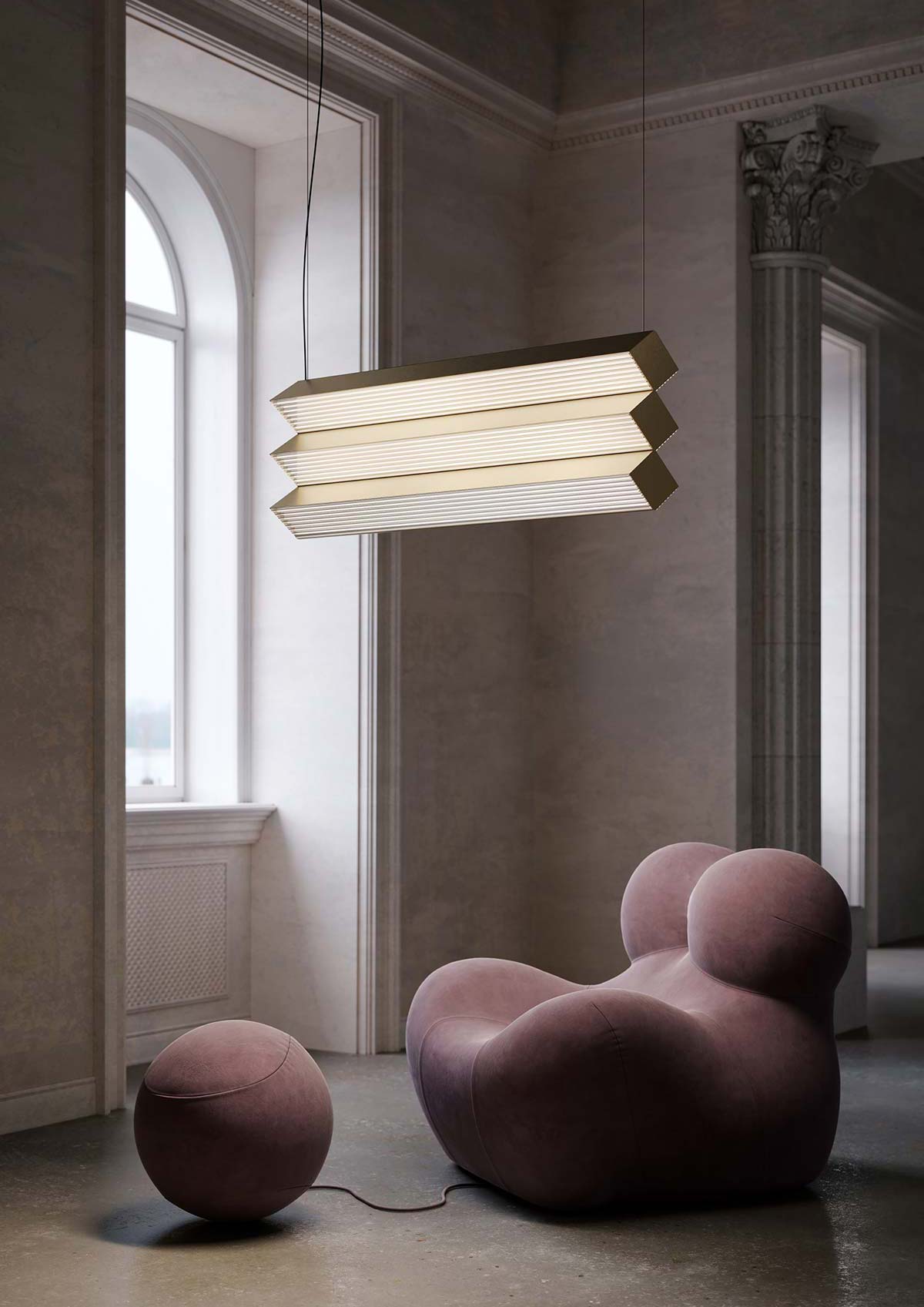
On the ‘market’ side, the decorative lamp was one of the first products in the industry (perhaps at the same time as some decorative accessories) to be massively affected by the new forms of online distribution and sales. Ten years ago it was thought that a complex object like a lamp could be sold away from physical showrooms. History proves otherwise. On the contrary, customers often come to the store, look at the product, ask technical questions and then buy online.
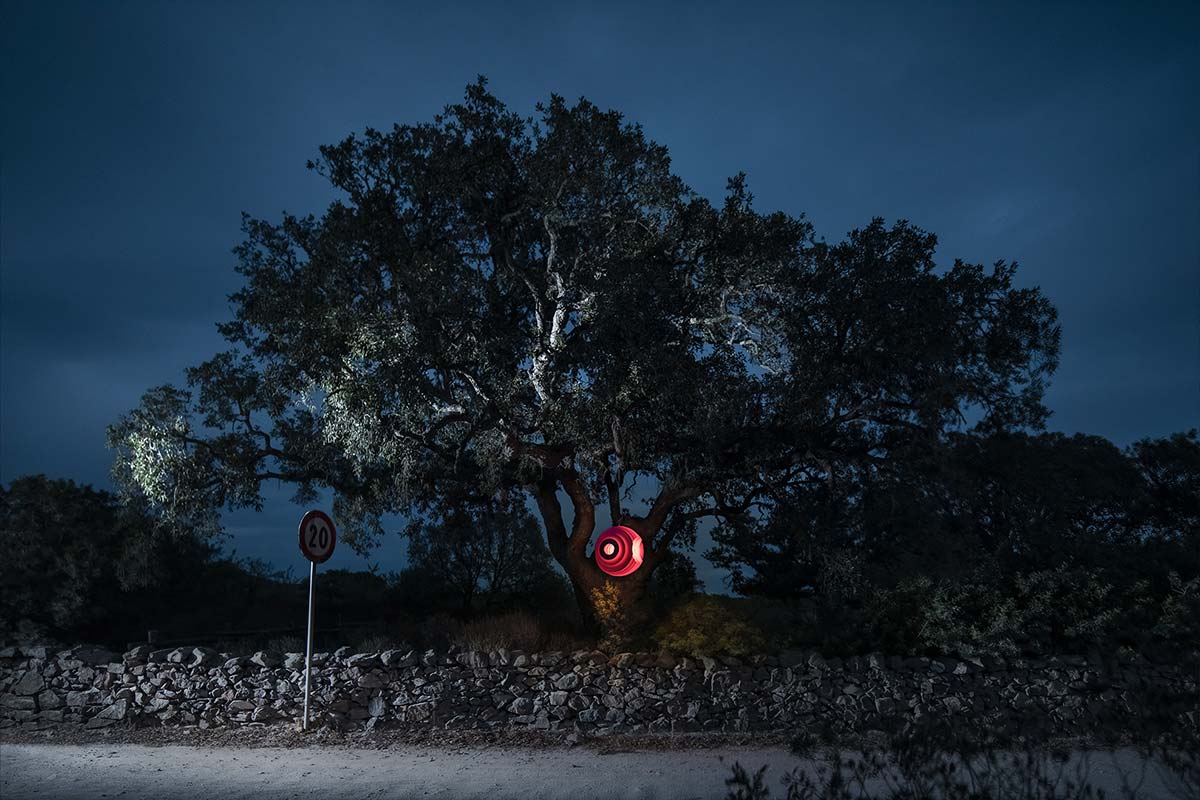
As one retailer observes, “There are those who offer prices up to 30% off the RRP, plus free delivery. If you consider that as a retailer we generally have a margin of 40% to 45% on the product, there is no longer a strong economic advantage to keeping famous branded lamps or products on display, unless it is purely for the purpose of profiling and consistently complementing the product range”.

The phenomenon of the acceleration of online sales in the design furniture sector, which, according to many, became very visible and intensified during the Covid period, seems to be a structural, systemic change. It will not be total; the showroom, whether multi-brand or mono-brand, will continue to have a very important function. But there will be evolutionary thrusts that will determine the success of those who know how to interpret these trends to their advantage, ahead of others, by revising models, commercial and distribution strategies, after-sales services, claims policies, even new approaches to product design, development and engineering.
In this context, see the presentation given by meAAns at the Futurability District in Milan, at the event organised by IFDM Progettare con la Comunicazione digitale.
This is only a small part of our research, a more detailed version of which can be requested from meAAns via IFDM. This research, based on a series of in-depth interviews with privileged actors and observers of the sector, aims to outline the contours of the phenomenon and serve as a basis for a more in-depth study, supported by numerical evidence (hence a quantitative analysis) of the phenomenon itself.
Founded in 2022 by Andrea Mamprin and Massimo Marchesin, meAAns is an observatory of relations in the specific design furniture market. This market is rich in interactions, exchanges and actors integrated in a single ecosystem. meAAns actively monitors it and captures its insights with the aim of helping the companies that make it up to understand it more strategically. www.meAAns.com

